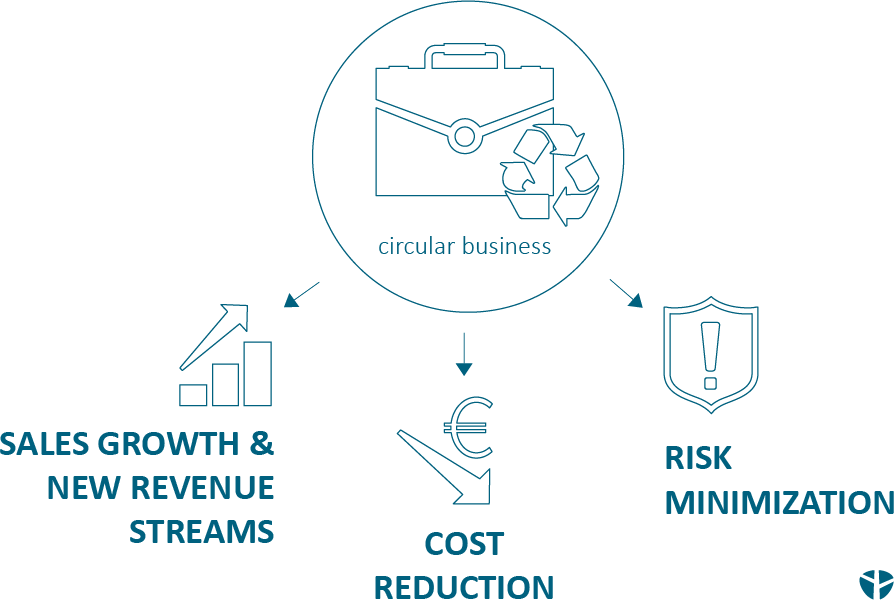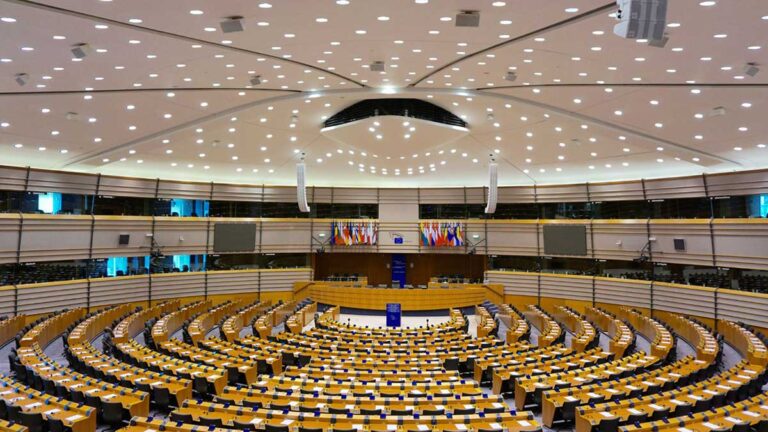FAQ
Frequently asked questions on the circular economy
What is a circular economy?
The circular economy is a concept of a sustainable economic system that owes its increasing public awareness to the Ellen MacArthur Foundation and other organizations. It follows principles like avoiding waste and pollution, keeping products and materials in use at a high economic value as long as possible, and regenerating natural systems.
Which business practices support a circular economy?
In general, business models and processes that maximize the value of resources and increase the longevity of products are following the principles of the circular economy. This can include resource efficiency, sustainable product design, closed-loop supply chains, a well-designed waste management concept, or a Life Cycle Assessment.
What is the difference between the Circular Economy and Recycling?
Whilst recycling is certainly a part of the circular economy, the concept of the circular economy covers much more. Through business model innovation, it aims for a system change where our linear economy is transformed into a circular and sustainable economic system. The approach of reuse, repair, and recycling certainly plays a crucial part in the circular economy.
What is a material flow analysis?
A material flow analysis – short MFA – captures, quantifies, and presents the interaction of material flows and their changes through processes. It provides clear results for complex issues at a country, region, group, or company level and can help you to optimize the use of resources or take sustainable measures in waste management. In the form of a Life Cycle Inventory, an MFA is the starting point for a Life Cycle Assessment, the determination of the PCF or the creation of an EPD for your product.
How can companies improve their waste management?
To optimize a company’s waste management, first, the existing solutions and their handling in practice need to be evaluated. Afterwards, a more appropriate solution can be developed considering cost optimization, acceptance of employees or residents, and environmental benefits. Moreover, it is important to look at the big picture of local solutions. Our waste management consultancy services help you to find the right solution for your company.
What are the challenges in the transition toward the circular economy?
Challenges arise in different areas:
Political regulatory:
- A framework for more clarity, harmonization, and promotion of the circular economy is needed.
- A lack of collaboration between actors in the Circular Economy (companies, academic institutions, NGOs, etc.), which could be fostered by regulations.
- Regulators need to take a holistic perspective that allows the transformation of the economic system rather than focusing only on end-of-life measures like proper waste management.
Awareness and behavior:
- Consumer behavior and lifestyle decisions are predominantly shaped by linear thinking. A change in behavior and preferences is needed.
- In many cases, circular economy opportunities and risks are not well considered in corporate strategies or decisions because there is a lack of awareness for the topic.
Technology and expertise:
- Internal expertise on the circular economy is often poor and the benefits of circular measures are underestimated.
- Investment in technology development and research and data collection is needed.
- Education on the circular economy as well as cooperation and exchanges of experience need to be enhanced.





